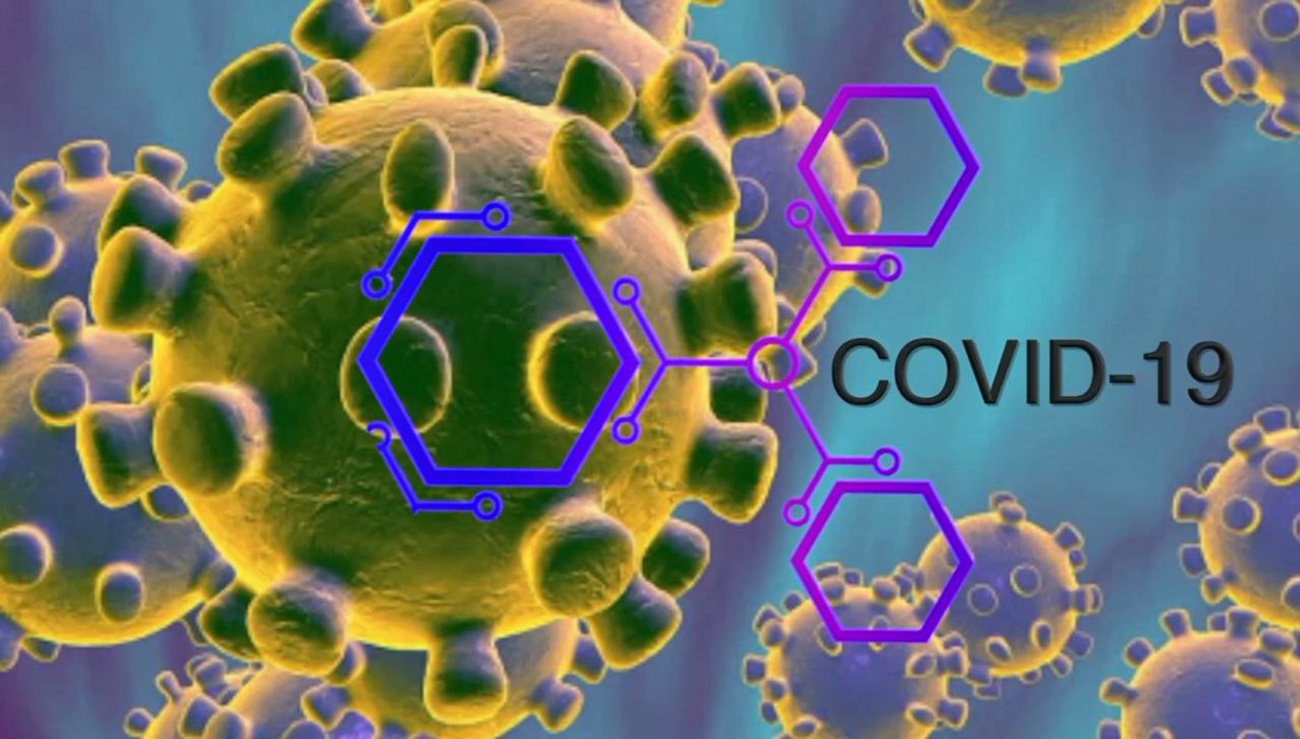
Cooperative Integrated Reading Composition (Circ): Improving Achievement in English Writing Composition Among Seventh Graders
Abstract:
Cooperative learning strategies have occupied a prominent place among language learning methodologies. t his study quantitatively validates the effect of the Cooperative Learning approach-Cooperative Integrated Reading Composition (CIRC) on the Writing Composition achievement in English among seventh graders. Cooperative Learning was compared with conventional teaching-learning classroom structure using an experimental design. 140 students of seventh class were randomly selected out of which 70 students formed Experimental Group (E) and 70 students formed Control Group (C). Writing Composition achievement test in English and Instructional Material were developed by the investigators themselves. Whole teaching-learning process was carried out for eight weeks only. at the end of the experiment, Writing Composition achievement test in English was given to the subjects. Data were analyzed by using the t-test. the findings revealed that Experimental Group outscored significantly Control Group on post-test showing the obvious supremacy of Co-operative Learning technique (CIRC) over Conventional Method of teaching. It was concluded that co-operative learning is an effective approach which needs to be incorporated in teaching Writing Composition to improve writing skill.
Author(s):
DOI:
Keywords:
References:
Amalia, Karlina. (2012). the implementation of cooperative integrated reading and composition (circ) to improve students’ writing skill at the eleventh grade students of MaN 2 ponorogo academic year of 2011/2012. ph.d thesis. Muhammadiyah University of ponorogo Armstrong-Messler, Nancy. (1999). Gifted students and the effects of cooperative learning: a study of grouping strategies. (Electronic version) the Roeper Review, 21, (4) 315.
Calderon, M; hertz-Lazarowitz, & R; Slavin, R. (1998). Effects of bilingual cooperative integrated reading and composition on students making the transition form Spanish to English reading. the Elementary School Journal, 99(2), 153-165. http://dx.doi.org/10.1086/461920
Campbell, J.K. and Pyer, J. (2006). the dialectics of cross-cultural collaboration Malaysian and Australia: Case study. Introduction to Learners and Learning theory
Chan, K.y. (2004). Fostering meaningful learning by using word problems in post-secondary Mathematics. School of Social and Cultural Studies in Education, Faculty of Education: Deakin University
Cohen, E. G. (1994). Restructuring the classroom: Conditions for productive small groups. (Electronic version) Review of Educational Research, 64, 1-35. http://dx.doi.org/10.3102/00346543064001001
Deutach, M. (2001). a theory of cooperation and competition. human Relations, (2), 129-152.
Giedrė Klimovienė, Svetlana Statkevičienė (2006). using cooperative learning to develop language competence and social skills. Studies about Languages KalbųStudijos. 2006. (8)
Gupta, Madhu. and Ahuja, Jyoti (2014). Effect of co-operative learning strategy (circ) on English writing composition achievement of seventh graders in relation to their gender. advanced International Research Journal of Teacher Education, 2(3), 7-16.
Gupta, Madhu. and Ahuja, Jyotii (2014). Effect of co-operative learning strategy (CIRC) on English reading composition achievement of seventh graders in relation to their gender. International Educational E-Journal, 3(1), 14-27.
Gupta, Madhu, and Pasrija, Pooja (2011). Co-operative learning versus traditional learning: effect on achievement in mathematics. New Frontiers in Education: International Journal of Education and Research, 44(4)
Gupta, Madhu, and Pasrija, Pooja (2012). Cooperative learning: an efficient technique to convert students into active learners in classrooms. MIER Journal of Educational Studies, trends and practices, 2(1), 21-33.
Hsiung (2010). an experimental investigation into the efficiency of co-operative learning with consideration of multiple grouping criteria. Research in Science & Technological Education, 35, (6), 679 – 692.
Johnson, D. W., and Johnson, R. T (1989). Coopera¬tion and competition: theory and research. Edina, MN: Interaction Book Co. Making cooperative learning work. theory Into practice 38(2), 67–73. http://dx.doi.org/10.5840/soctheorpract19891513http://dx.doi.org/10.1080/00405849909543834
Johnson, D.W. & Johnson, R. t. (1999b). Learning together and alone: Cooperative, competitive, and individualistic learning (5th ed.).Boston: Allyn & Bacon.
Kagan, S. and high, J. (2002). Kagan structures for English language learners. Kagan Online Magazine, Summer 2002. Retrieved December 9, 2005, from http:www.KaganOnline.com
Kaur, A. and Kaur, A. (2001). teacher survival in a web-based constructivist learning environment; a Malaysian experience. Journal of Educational Multimedia and Hypermedia 11: 141-153
Keshavarz, S.M., Shahrokhi, M.,& Talebi Nejad, M.R (2014). the effect of cooperative learning techniques on promoting writing skill of Iranian EFL learners. International Journal of Language Learning and applied Linguistics World (IJLLaLW) 5(1), 78–90
Lee, W.h. and tan, S.K. (2004). Reflective practice in Malaysian teacher education; assumptions, practices and challenges. Singapore; Marshall Cavedish
Liang, t. (2002). Implementing cooperative learning in EFL teaching: process and effects. unpublished PhD dissertation. National Taiwan Normal University. Retrieved September 19, 2009 from http://www.uefap.com/index.htm.
Lundgren, L. (2008). Cooperative learning in the science classroom. New York: Glencoe.
Mandal (2009). Cooperative learning strategies to enhance writing skill. the Modern Journal of Applied Linguistics (MJaL), 1:2
paramita & Rahmah (2013). Improving students’ achievement in writing news item text through cooperative integrated reading and composition (CIRC) technique. English and Literature Department, State University of Medan www.thejakartapost.Comjurnal.unimed.ac.id/2012/index.php/eltu/article/download/667/478
Richards, J. C., & Rodgers, t. (2001). approaches and methods in language teaching: a description and analysis. Cambridge university press. (chapter 1) http://dx.doi.org/10.1017/CBO9780511667305
Rininta Triwuri Oleh Cahyaningpuspita (2011). Cooperative integrated reading and composition (CIRC) strategy to improve students’ reading achievement Skripsi (Sarjana) university Negeri Malang http://library.um.ac.id
Sabarun (2011). Improving writing ability through cooperative learning strategy. Journal on English as a Foreign Language, 1(1)
Stevens, R. & Slavin, R. (1995). the cooperative elementary school: Effects on student’s achievement, attitudes, and social relations. (Electronic version). american Educational Research Journal, 32(2), 321-351. http://dx.doi.org/10.3102/00028312032002321
ulya himawati (2011). the use of cooperative integrated reading and composition to improve students’ ability in composing narrative writing (a classroom action research with 8th grade, Mts Negeri Kudus in the academic year 2010/2011). thesis, Semarang: Bachelor program of English Language Education of State Institute for Islamic Studies Walisongo Semarang, 2011
Vaughan, W. (2002). Effects of cooperative learning on achievement and attitude among students of color. (Electronic version). the Journal of Education, 95(6), 359-369.




